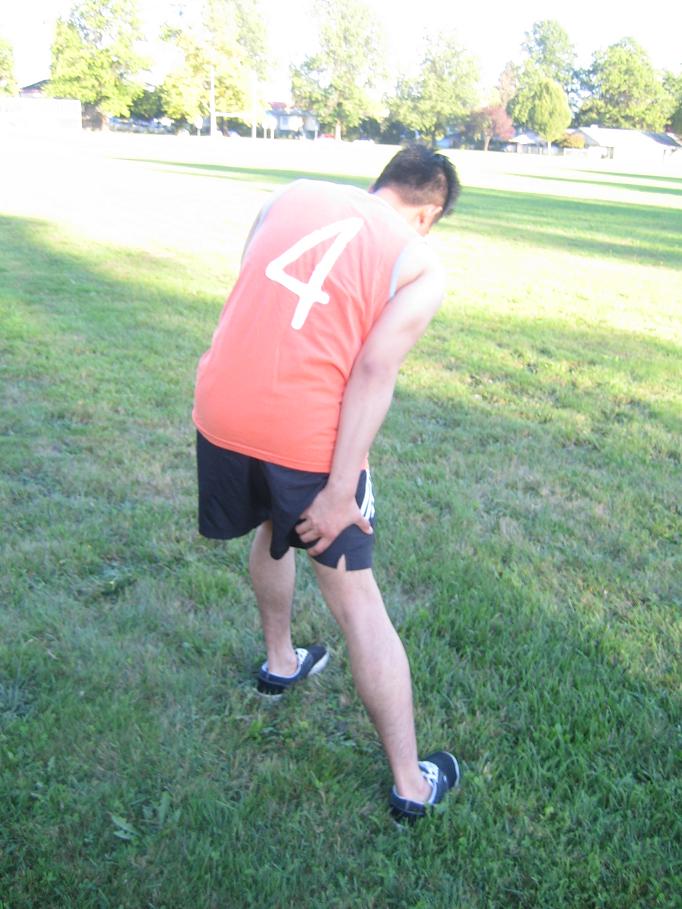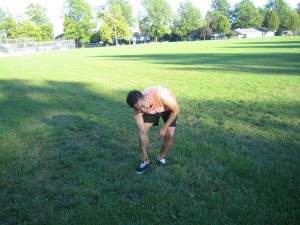A lower leg contusion is a common and disabling injury especially in people playing rugby and soccer. A blow to the calf or shin can result to a contusion. When a lower leg is kicked will result to internal bleeding in the muscles and the surrounding tissues. The bleeding will cause the leg to spasms or cramp and severe pain. There is skin discoloration called bruise.
Symptoms of a lower leg contusion
- Pain when stretching
- Pain with sudden force or impact
- Incapable of using the lower limb
- Difficulty in walking
- Bruising of the affected area
- Swelling and tenderness when touched
- Skin is warm and hard to touch
Apply ice on the affected area for at least 10-15 minutes every hour during the acute stage to lessen the pain and the inflammation.
Treatment
- Get enough rest particularly the affected area. Resting slows down flow of blood to the injury, prevent further damage and for fast healing of the condition.
- Apply ice on the affected area for at least 10-15 minutes every hour during the acute stage to lessen the pain and the inflammation.
- Wear a compression bandage or support to lessen the bleeding and the swelling of the affected area. Avoid wrapping the bandage too tight to prevent problems with the circulation of blood and worsen the condition. Use a firm, wide and elastic compression bandage to wrap the entire injured area.
- Elevate the affected area above the level of the heart to lessen the bleeding as well as the swelling. Raise the area in couple of pillows to keep it elevated.
- Use the prescribed drug such as acetaminophen or ibuprofen to lower the pain and the swelling.
- After three days when the bleeding has stopped, massage the area to relax the area and eliminate waste products.
- After 48 hours, apply heat in the area. heat can be in the form of a washcloth soaked in warm water, a warm heating pad and applied to the area for at least 10 minutes 2-3 times every day to increase flow of blood to the bruised site and for rapid healing of the condition.
- Consult a physical therapist for rehabilitation exercises to control the pain and the swelling, and reinstate the full range of movement of the area.
Tips
- Wear protective gear when playing contact sports such as football and soccer.
- If susceptible to easy bruising, increase the intake of Vitamin C from fruits and vegetables. Another alternative is taking the Vitamin C supplement.
Disclaimer / More Information
The material posted on this page on lower leg contusion is for learning purposes only. Learn how it is managed by taking a first aid and CPR class with one of our training providers.
FACT CHECK
https://www.healthline.com/health/what-is-a-contusion
https://orthoinfo.aaos.org/en/diseases–conditions/muscle-contusion-bruise/
https://www.epainassist.com/sports-injuries/lower-leg-injuries/lower-leg-contusion-symptoms-treatment-stretching-strengthening-exercises-sports-massage


